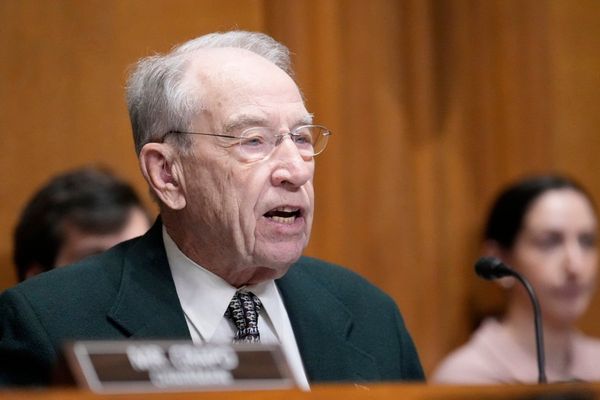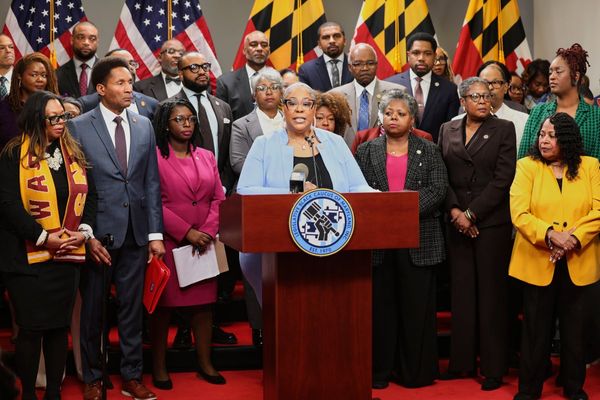
Australia’s labour market has consistently defied expectations, with most jobseekers still able to find work even as inflationary pressures hit their employers.
Those workers have delivered the government another higher-than-expected tax take, which will help Labor fund its pre-election policies, including income tax cuts, while allowing the government to argue that its forecast budget deficits are reasonable.
The Australian economy is broadly in a stronger position than it was during last year’s budget, resulting in stronger-than-expected revenue streams. But new policy measures, many of which are designed to boost household incomes and address cost-of-living pressures, have led to larger debts and budget deficits.
Debt and deficit
The 2025-26 budget deficit is now forecast to come in at $42.1bn, which is a slight improvement on what forecasts suggested at last year’s budget, handed down in May. But the subsequent deficits going out to 2028-29 are now much larger than previously estimated.
Some of that deterioration is linked to the impact of the government’s signature budget measure, tax cuts next year and the year after. The budget papers show the new tax cuts are estimated to decrease receipts by $17.1bn over five years.
Governments around the world are grappling with the tension between showing spending constraint to rein in inflation, and providing cost-of-living relief to households that are clearly under strain. The Labor government has allowed its deficit and debts to rise to deliver what it has described as “responsible” relief.
Another budget metric that regularly draws political scrutiny, net debt, has also deteriorated, with the level now rising to $768.2bn by 2028-29. By comparison, the net debt figure never surpassed $700bn, according to forecasts made last May.
The Coalition has argued the level of net debt, when measured against the country’s gross domestic product, should not be allowed to surpass 23.9% of GDP. While the Labor budget projections don’t breach that number, they do creep towards it, with the ratio expected to hit 23.1% by 2028-29.
Policy spend
Australia’s economic settings have generally improved since the last budget due to the strong labour market and falling inflation.
The budget papers use the term “parameter settings” to track broad economic changes, such as employment levels, inflation and iron ore prices, that are crucial to whether a government can deliver a surplus but are often influenced by outside forces. For example, the price of ore is closely tied to Chinese steelmaking output and global demand for construction.
Changes to those settings since the mid-year budget update have decreased the deficit over the forecast years by $36.4bn, representing a sizable improvement.
Over those same five years to 2028-29, the net result of new policy decisions has increased the deficit by $34.9bn, according to the budget papers. The spending levels will likely be used by the Coalition to attack Labor’s economic credentials.
The Labor government has argued that some policy decisions have been “unavoidable”, such as new listings on the Medicare benefits schedule.
Trump risks
One of the big changes since the last budget has been the election of Donald Trump to the US presidency.
His election has ushered in a period of economic uncertainty, with the ever-changing size and scope of Trump’s tariff regime making forecasts difficult.
The budget papers note these risks could weigh on global growth and Australian exports.
“The use of tariffs by major trading partners could lead to higher import prices and temporarily higher inflation and lower growth,” the budget papers say.
While the fallout from Trump’s tariffs are hard to model, they are widely expected to dampen global trade.
But the budget papers note that despite the heightened uncertainty, Australia is looking “increasingly likely” to come out of the inflationary period with a soft economic landing, rather than a thud.







